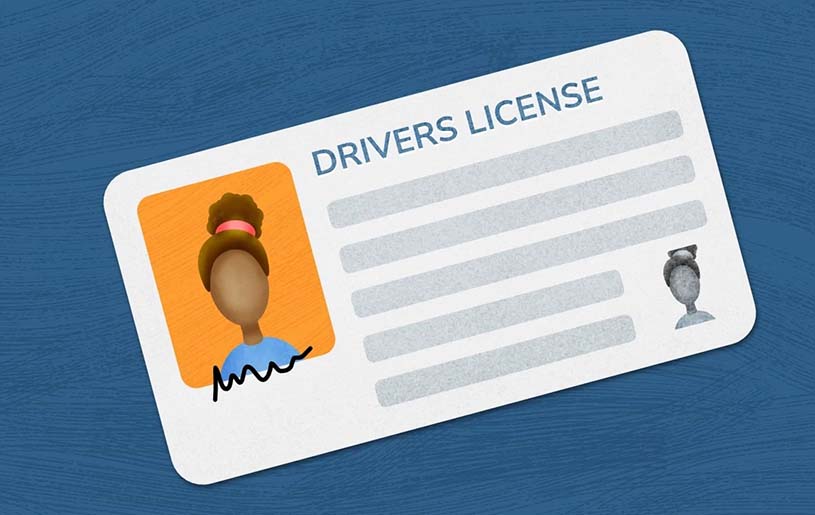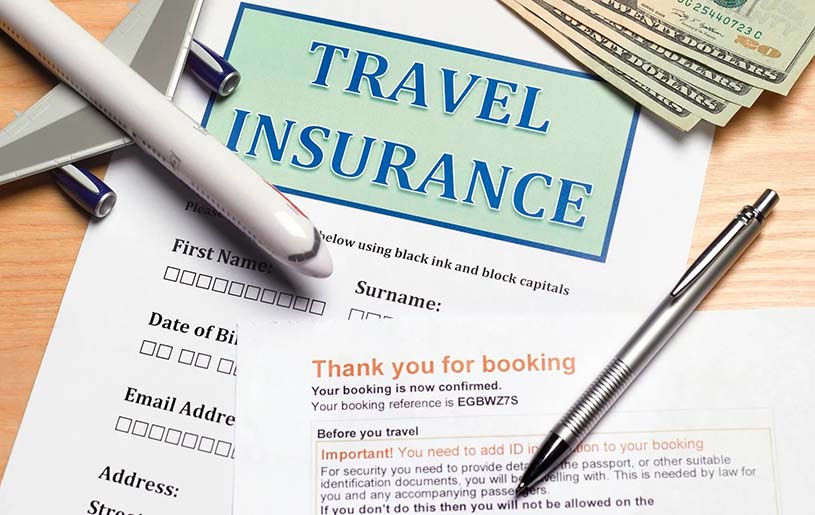The western United States, This region, known for its breathtaking landscapes and diverse natural wonders, is an ideal destination for a road trip. Before you set off, there are some essential tips and preparations that can ensure a smooth and enjoyable adventure. Here’s everything you need to know:
1. What Are the Entry Requirements for the US?
Before traveling to the United States, you’ll need to take care of several important procedures. Most international travelers will need to apply for a visa or obtain an Electronic System for Travel Authorization (ESTA). Here’s what you need to know:
Visa Application: You’ll need to visit the US embassy or consulate in your country to apply for a visa. Prepare your passport, photos, visa application form, and the necessary fees. During your interview, you’ll be asked about your travel plans and reasons for visiting the US to ensure you meet the visa requirements.
ESTA Application: If you’re from a Visa Waiver Program country, you can apply for ESTA online. Fill out the necessary information and pay the application fee. ESTA applications are usually processed within minutes, and you’ll receive your authorization quickly.
2. How to Get to the US?
The primary way to reach the United States is by flying. Major international airports include Los Angeles International Airport (LAX), New York’s John F. Kennedy International Airport (JFK), San Francisco International Airport (SFO), and Chicago O’Hare International Airport (ORD). These airports offer direct flights from around the world.
If you’re arriving from other countries or cities, you might need to take connecting flights. When booking your flights, use comparison websites to find the best prices and flight options. Booking well in advance often results in better prices and more favorable flight schedules.
3. Everything You Need to Know About Car Rentals
Renting a car is undoubtedly one of the most convenient and flexible ways to explore the western United States. From the sprawling landscapes of California to the rugged beauty of the Rockies, having your own vehicle allows you to travel at your own pace and discover hidden gems along the way.
1. Rental Companies
When it comes to renting a car in the western US, several reputable companies can meet your needs:
Hertz: Known for its extensive network and high-quality service, Hertz offers a wide range of vehicles from economy cars to luxury SUVs. They have rental locations in major airports and cities across the western US, making pick-up and drop-off convenient.
Enterprise: Enterprise is popular for its excellent customer service and diverse vehicle options. They often provide options for picking up and dropping off vehicles at different locations, which is ideal for road trips.
Avis: Avis offers competitive rates and a variety of car models, including hybrids and SUVs. They are known for their flexible rental policies and convenient locations in both urban centers and airports.
Budget: As the name suggests, Budget is known for offering affordable rental options. They provide a good selection of vehicles at lower rates, which is great if you’re traveling on a tighter budget.
Each of these companies has multiple rental locations across the western US, including at major airports like Los Angeles International Airport (LAX), Denver International Airport (DEN), and San Francisco International Airport (SFO). This accessibility makes it easy to start and end your road trip from a location that suits your itinerary.
2. Rental Requirements
To rent a car in the US, you need to meet certain requirements:
Driver’s License: You must have a valid driver’s license. International travelers should carry an International Driving Permit (IDP) along with their home country driver’s license, especially if their license is not in English.
Credit Card: A major credit card in the driver’s name is usually required for the security deposit and rental payment. Debit cards may not be accepted, and if they are, additional requirements might apply.
Age Restrictions: Most rental companies require drivers to be at least 25 years old. However, some companies will rent to drivers as young as 21, though they may charge an additional “young driver” fee. Drivers under 25 should check the specific age requirements and fees of the rental company they choose.

3. Rental Insurance
When renting a car, insurance options can vary, and it’s crucial to understand what is offered:
Collision Damage Waiver (CDW): This optional insurance covers damage to the rental car in case of an accident. It reduces or eliminates your financial liability for damages, but it does not cover all types of damage (e.g., damage to tires or undercarriage).
Liability Insurance: This covers damage or injury caused to others if you are at fault in an accident. Some rental companies include basic liability insurance, but you may choose to purchase additional coverage for greater peace of mind.
Personal Accident Insurance: This provides coverage for medical expenses if you or your passengers are injured in an accident. It is optional but can be beneficial for added protection.
Theft Protection: This covers the cost if the rental car is stolen. It is often included in CDW but can also be purchased separately.
Check Your Existing Coverage: Before purchasing additional insurance from the rental company, check if your personal car insurance or credit card offers coverage for rental cars. Many credit cards provide rental car insurance as a benefit, which can save you money on additional rental insurance.
4. Booking Tips
Compare Prices: Use online comparison tools to find the best rates. Websites like Kayak, Expedia, and AutoSlash can help you compare prices and find discounts.
Book Early: To secure the best rates and availability, book your rental car well in advance. Rates can rise closer to the date of rental, especially during peak travel seasons.
Understand the Terms: Read the rental agreement carefully to understand mileage limits, fuel policies, and any additional fees that may apply.
By being well-prepared and informed, you can ensure a smooth and enjoyable rental experience as you explore the diverse and stunning landscapes of the western US. Happy travels!
4. Where to Rent a Van for a Road Trip in the Western US
If you’re planning a long road trip or traveling with a group, renting a van can be a great option. Here are some recommended locations and companies for van rentals:
Los Angeles (LAX): Los Angeles International Airport has several rental companies offering vans, ideal for exploring California and surrounding areas.
Las Vegas: Las Vegas is another popular location for van rentals, with numerous options available for traveling through Nevada and Arizona.
San Francisco: In San Francisco, you’ll find a variety of rental options, especially if you plan to explore northern California or embark on longer trips.
5. Everything You Need to Know About Campsites
Camping is a fantastic way to immerse yourself in the natural beauty of the western US. Here’s what you should consider:
Reservations: Campsites, especially in peak season (like summer), can be in high demand. It’s advisable to book your campsite several months in advance through online platforms such as ReserveAmerica or Recreation.gov.
Facilities: Campsites vary in amenities. Some offer basic facilities like water and restrooms, while others provide more comprehensive services such as electricity and showers. Choose a campsite that meets your needs.
Gear: Bring appropriate camping gear, such as a tent, sleeping bags, and cooking equipment. Make sure your gear is suitable for the weather conditions, especially if camping in mountainous areas where temperature fluctuations can be significant.
6. Travel Insurance for Your US Trip
Travel insurance is crucial for handling unexpected events during your trip. When choosing insurance, consider the following:
Medical Coverage: Ensure your insurance covers medical expenses for sudden illnesses or accidents during your trip.
Trip Cancellation Insurance: This provides compensation if you need to cancel your trip due to uncontrollable factors, such as flight cancellations or health issues.
Lost Property Insurance: If your luggage is lost or stolen, this insurance can help cover the cost of replacement items.

7. How Much Should You Budget for a Western US Road Trip?
When planning your budget, consider the following factors:
Accommodation: Accommodation costs vary by location and season. Staying in national parks is usually more expensive than in cities or towns.
Car Rental: Costs for renting a vehicle depend on the type of vehicle, rental duration, and insurance options. Renting a van typically costs more than a standard car.
Food: You can choose to dine at restaurants or prepare your own meals. Include both options in your budget.
Activity Fees: Many national parks and attractions may have additional entrance fees or activity costs.
Overall, it’s wise to allocate extra funds in your budget for unexpected expenses. Based on my experience, a well-planned budget can make your road trip more enjoyable and stress-free.
I hope these tips help you plan a fantastic road trip through the western US. Whether you’re exploring national parks or enjoying scenic drives, proper preparation and planning will ensure a smooth and memorable journey.






